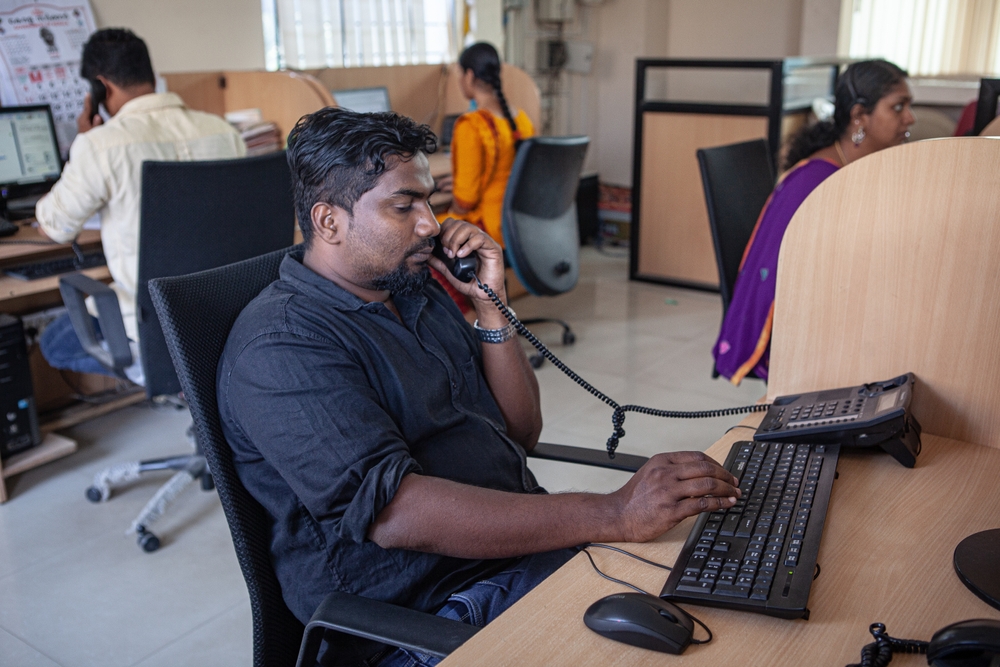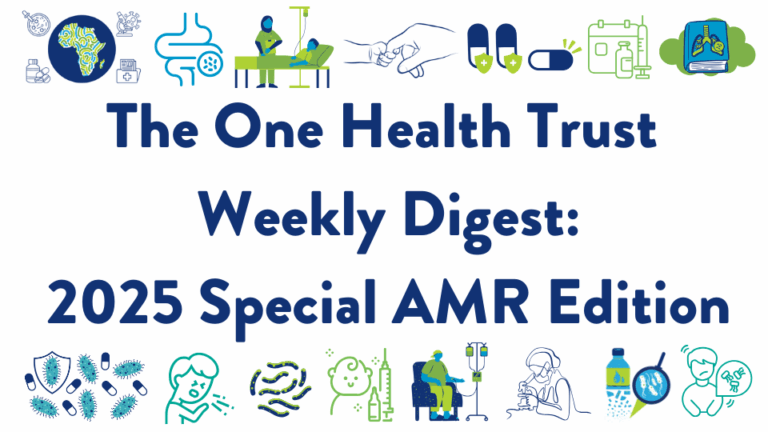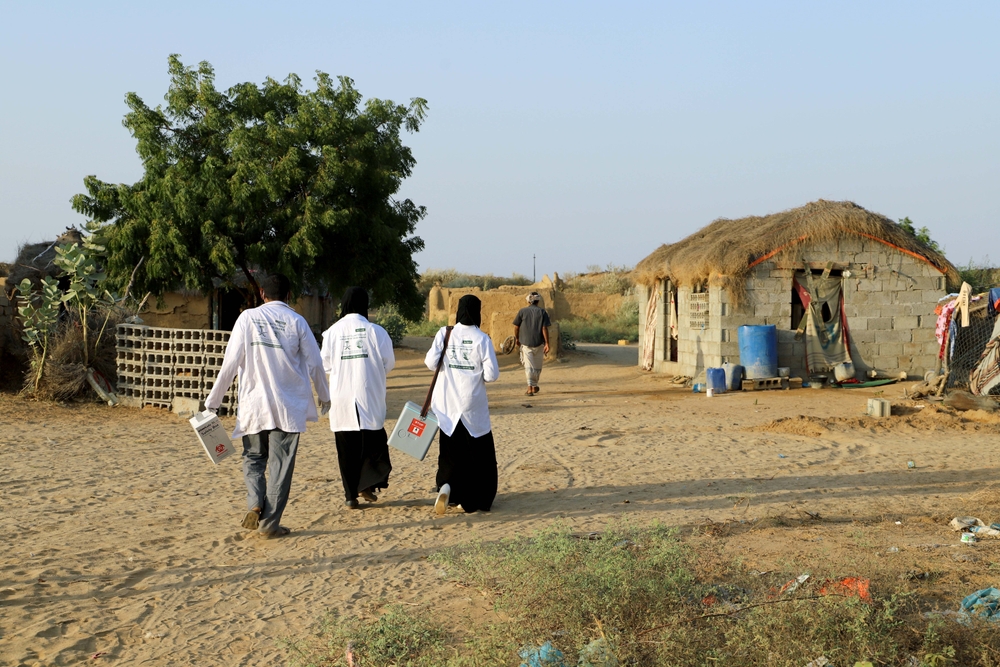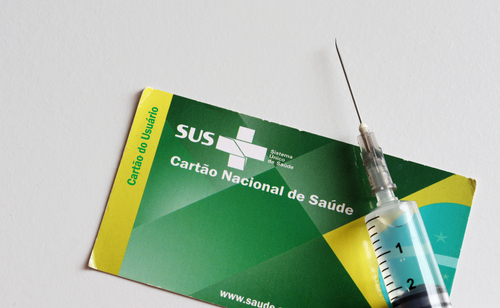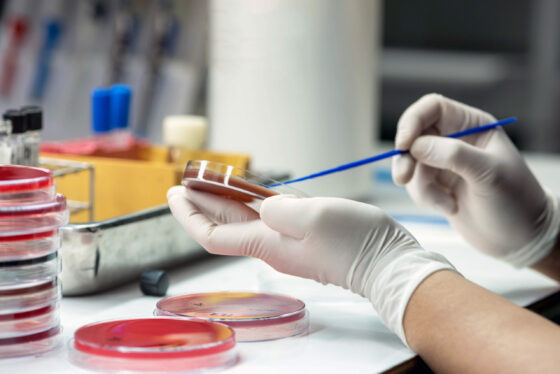November 20, 2015
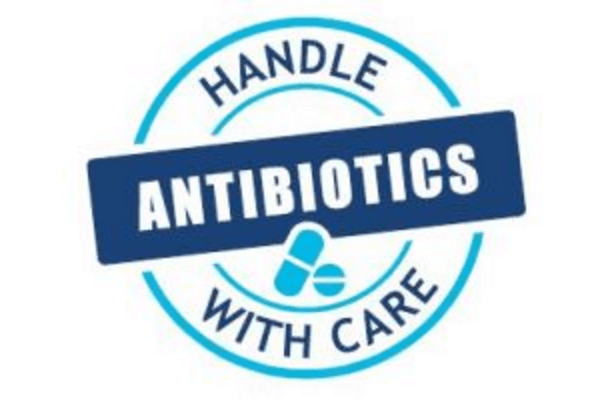
This week is the World Health Organization’s inaugural World Antibiotic Awareness Week, formalizing events that have occurred annually in November around the globe to focus attention on antibiotic resistance and appropriate antibiotic use, including the U.S. CDC’s Get Smart Week. Dozens of countries on six continents held events this year, and several studies have been published during the week.
The Lancet published a series this week entitled “Antimicrobials: access and sustainable effectiveness”—including contributions from CDDEP.
–The lead article in the series, by CDDEP Director Ramanan Laxminarayan, with CDDEP colleagues and collaborators in the UK and South Africa, focused on the dual challenge of increased antibiotic resistance and the still serious lack of access to antibiotics in many countries: globally, more children die from pneumonia, sepsis and other infections because they get no treatment than all who die from antibiotic-resistant infections. Universal antibiotic access could reduce childhood pneumonia deaths by 75 percent in 101 countries, but antibiotic resistance is taking a serious toll. More than 200,000 babies die each year across the globe from sepsis caused by drug-resistant bacteria. Vaccination with a pneumococcal conjugate vaccine (PCV) could cut by half the amount of antibiotics taken by chidren under five for pneumonia, which, in turn, would slow the evolution of antibiotic resistance. [The Lancet]
–Ministers of health and their representatives in India, Kenya, South Africa and Mozambique, in a comment in the series, note their progress and challenges in creating effective national antibiotic policies that consider both access and resistance and look to fresh approaches inspired by the series papers. [The Lancet]
“Antibiotic stewardship programs can be done at the national level everywhere in the world; though antibiotic resistance is a global problem, the solutions lie at national and regional levels,” writes CDDEP Director Ramanan Laxminarayan on the Centers for Disease Control and Prevention’s Global Health blog. The post—“The State of The World’s Antibiotics: Resistance Rising, Stewardship is the Solution”—argues that drug development alone won’t be able to tackle the growing global problem of antibiotic resistance. “[S]trong antibiotic stewardship in its broadest sense is the key to conserving antibiotic effectiveness.” [CDC Global Voices]
GARP working groups in Kenya and Nepal hosted events for World Antibiotic Awareness Week, South Africa’s Health Ministers warns about the dangers of antibiotic resistance.
–The GARP-Nepal working group hosted a variety of events, including a bicycle rally to raise awareness about antibiotic resistance and appropriate antibiotic use. World Health Organization Nepal chief Dr. Jos Vandelaer headed up the event. [The Kathmandu Post]
–GARP-Kenya joined with the Kenyan Ministry of Health and Infection Prevention Network (IPNET) Kenya to teach medical and veterinary students the importance of proper antibiotic prescribing, and join the 4th annual IPNET conference from November 17-22. The conference’s theme this year is “Implementing infection prevention and control (IPC) practices for a safer world.“ [IPNET-Kenya]
–In South Africa, the Minister of Health, Dr. Aaron Motsoaledi, spoke about the dangers of resistance and the need for stewardship programs. He also noted the successful introduction of PCV vaccine in the country, which will help halt bacterial pneumonia infections and limit resistance. [George Herald]
Cancer, volume 3 in the Disease Control Priorities, 3rd edition, was released this week in Marrakech, Morocco at AORTIC—the African Organisation for Research and Training in Cancer. CDDEP Associate Director Hellen Gelband, the lead editor of the volume, was joined by co-editors and authors in a symposium at the Pan-African conference on November 18. The volume provides a basis for low- and middle-income countries (LMICs) to develop national cancer plans that include interventions that are effective, cost-effective, feasible and affordable, and address significant portions of their cancer burdens. According to the volume, most of the expected increase in cancer incidence is in cancer types that are not preventable with current knowledge, so it is critical that the capacity to treat curable cancers be greatly increased and that resources not be squandered on ineffective measures. Eighty-seven experts from around the world contributed to chapters on globally important cancers, treatment modalities and economics. A post by Gelband on the World Bank’s Investing in Health blog accompanied the release. The Disease Control Priorities Network is an initiative of the University of Washington’s Department of Global Health and funded by the Bill & Melinda Gates Foundation, with volumes published by the World Bank. [AORTIC, World Bank, DCP-3]
A previously undiscovered bacterial gene that causes antibiotic resistance—a new “superbug”—has been discovered in E. coli strains in both humans and animals in China. The gene, named mcr-1, renders strains of E. coli resistant to colistin, a last-resort drug for battling Gram-negative infections. Experts had warned that steep increases in the use of colistin and other antibiotics in the same polymixin class could result in the emergence of highly resistant bacteria, which has now materialized in the form of mcr-1. They advise strong limits on the use of those drugs in humans, and especially in animals for growth promotion. [The Lancet Infectious Diseases, STAT News]
Most people worldwide don’t understand what antibiotic resistance is or what can be done about it. The World Health Organization (WHO) surveyed people in 12 diverse countries to find out how much they knew about antibiotic resistance. They reported on Monday that 75 percent of those surveyed thought that individuals themselves—not bacteria–become resistant to the power of antibiotics. Fifty-seven percent of respondents believed that there was nothing they could do about antibiotic resistance, though 73 percent believe that farmers should cut down on antibiotic use in food animals. [World Health Organization]
A “smart” wound dressing for burn patients changes color when bacterial toxins are present. Researchers at the University of Bath developed the dressing to release dye when toxins from potentially dangerous bacteria are sensed. The hope is that it will detect infections at a very early stage, limiting their spread and reducing the need for antibiotics. [Wired UK, University of Bath]
Seasonal trends in antibiotic prescribing in England track the flu and cold season and vary by region. Antibiotic prescriptions hover around 0.4 per person in August, but are nearer to 0.9 per person in December, according to maps of data from Antibiotic Research UK. This reflects an established trend of greater prescriptions during flu and cold season—even though few of those infections involve bacteria. In terms of regional variation, prescribing in London is 21 percent lower than in northern England. [BBC News]
CDDEP is hiring Research Analysts in New Delhi, India and a Research Admin Assistant in Washington, D.C. For more information and to apply, visit cddep.org/jobs.
The digest will be on a break next week for the U.S. Thanksgiving holiday. We will return the first week of December.
Want to share interesting news via the digest? Email [email protected]


